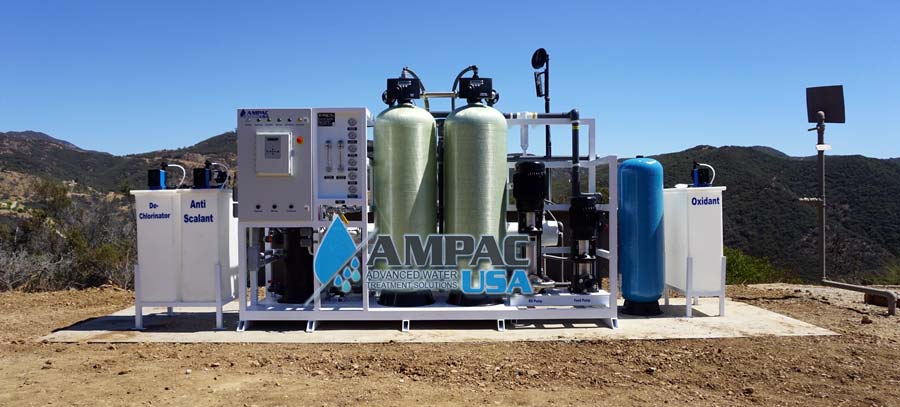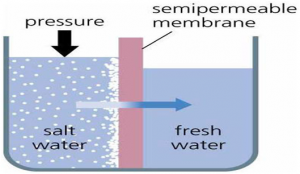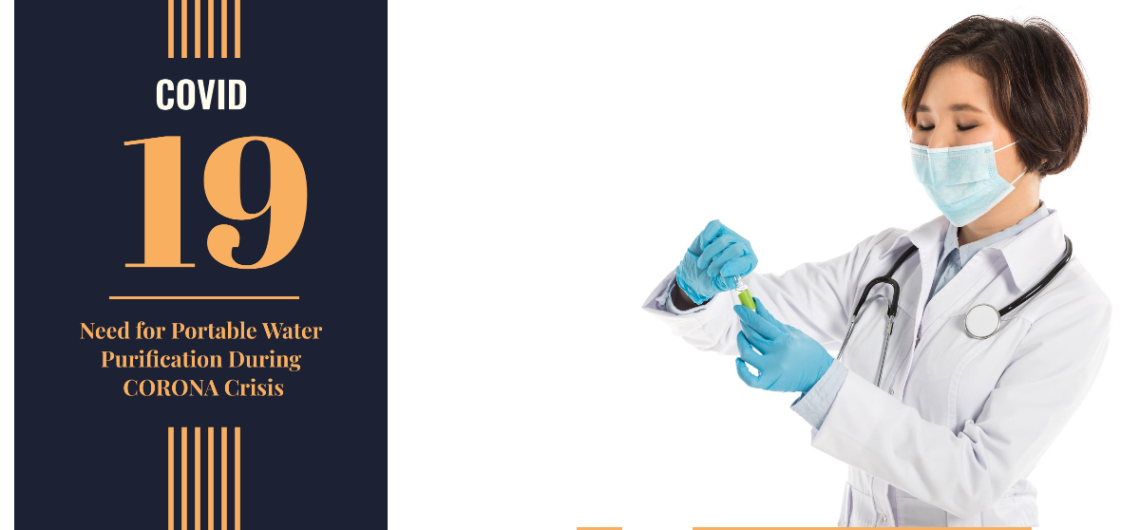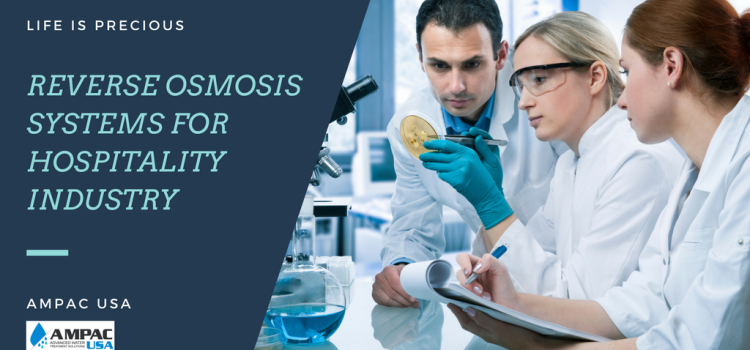Reverse Osmosis is inarguably the most preferred technology for water purification used at homes, offices, commercial units and much more. The biggest reason for its popularity is its ability to remove a comprehensive range of impurities which other purification systems are quite limited at. Some technologies such as distillation, sediment filtration, etc. while being quite effective in their own ways, are confined to decontaminating just a certain set of impurities. This is where Reverse Osmosis is so powerful, it eradicates contaminants such as chemicals, particles, organisms, metal bits and a lot more. It is this quality combined with cost-effectiveness and convenience that has made R O a must have for every home.
Reverse Osmosis was executed in the lab in the 1950s when the scientists decided to examine the outcomes of reversing the naturally occurring Osmosis phenomenon. Simply put, Osmosis is a process which turns a low concentration solution into a high concentration one when it is passed through a semi-permeable membrane. Now when this process is about-faced, what comes out is the exact opposite. This discovery opened doors for devising a purification system that turns salty or contaminated water into a form which is fit for drinking. As indicated by the above explanation, the semi-permeable membrane has an important role to play in the process.
A semi-permeable membrane is a medium which will let some molecules go through while blocking the others. In order to understand it better, take the example of a net screen which allows air to pass barring other unwanted particles.
Some of the performance parameters of membranes which are worth considering:
- Permeate Flow Rate: Decides the purity level
- Stabilized Salt Rejection & Minimum Salt Rejection: Govern the system’s ability to desalinate
- Recovery Rate: Is often customized according to water condition in order to ensure increased permeate flow while restricting salty content’s condensation.
- Passage Rate: The ability to allow pure water to pass in sufficient volume
Besides the above, there are several other factors which come into play according to your unique requirements.
The selection of the right membrane for your reverse osmosis system depends entirely on the condition of your water supply. Some supplies have more metallic content while some have chemical, it is such factors which will help in deciding what kind of membrane to go for. In summation, it is highly essential to get a detailed analysis or testing of your water condition before choosing the components of your R O system, especially the membrane.












